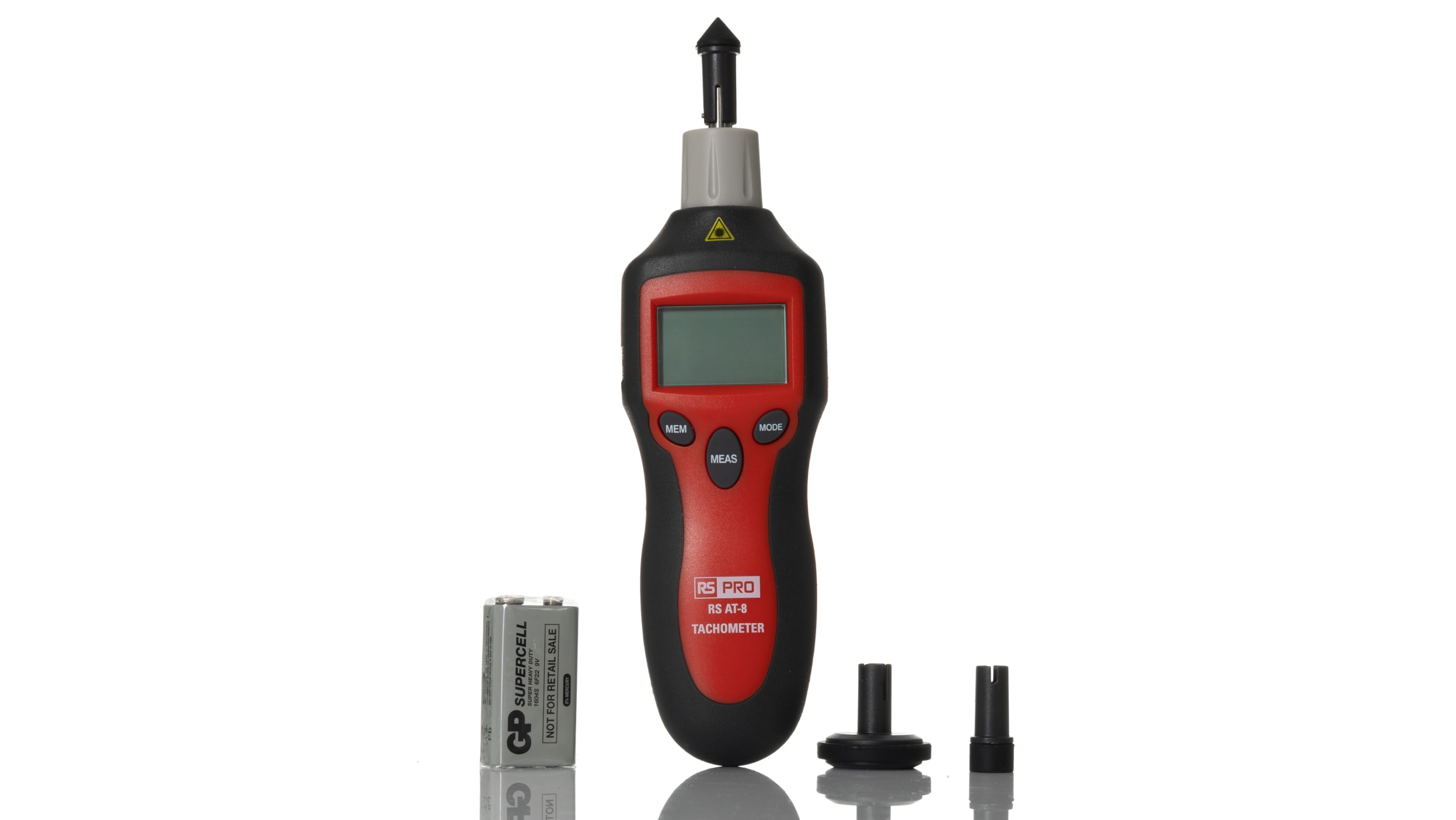Tachometer Fundamentals: Every Little Thing You Need to Know for Accurate Readings
Tachometer Fundamentals: Every Little Thing You Need to Know for Accurate Readings
Blog Article
The Significance of a Tachometer in Keeping An Eye On Engine Rate and Performance in Automotive Applications
In the world of vehicle design, the tachometer stands as a pivotal instrument in the driver's collection, supplying a direct window right into the inner operations of a lorry's engine. Beyond its function as a mere scale of changes per min (RPM), the tachometer acts as a vital device for enthusiasts and specialists alike, supplying real-time understandings into engine efficiency and health. Comprehending the relevance of this gadget exceeds surface-level monitorings, diving right into the complex partnership between engine speed, power outcome, and total driving experience. As we discover the complex function of the tachometer in auto applications, a deeper appreciation for its influence on car characteristics and efficiency begins to arise.
Significance of Keeping An Eye On Engine RPM
Checking engine RPM, or changes per minute, is a vital element of automobile maintenance and performance assessment. Engine RPM directly associates with the speed at which the engine's crankshaft rotates, suggesting just how quickly the engine is running.
Furthermore, keeping track of engine RPM is necessary for efficiency assessment in racing and high-performance lorries. Keeping optimal RPM degrees is vital for achieving peak power output and acceleration. Racers typically utilize tachometers to ensure they are running within the excellent RPM range for maximum performance. In summary, monitoring engine RPM is not just important for finding problems however likewise for enhancing engine efficiency in various automobile applications.

Benefits of Real-Time Information
In vehicle applications, real-time information plays a vital duty in offering immediate insights into the efficiency and condition of the automobile. By continually checking various specifications such as engine rate, temperature level, gas consumption, and a lot more, real-time data supplies various advantages that add to enhanced effectiveness and safety when driving.
One considerable advantage of real-time data is its capability to alert vehicle drivers and technicians to any kind of abnormalities or concerns promptly. This positive method makes it possible for fast recognition of possible problems, allowing for timely interventions to stop additional damage or breakdowns. Additionally, real-time information assists in efficiency optimization by providing immediate comments on driving habits and engine efficiency. Motorists can readjust their actions in real-time based on this details to attain far better fuel economic climate and lengthen the life-span of their automobile.

In addition, real-time data plays a crucial function in contemporary automobile diagnostics, making it possible for specialists to swiftly diagnose and address breakdowns. This leads to reduced downtime, lower upkeep prices, and inevitably, enhanced overall automobile dependability and durability (tachometer). By taking advantage of the power of real-time data, vehicle stakeholders can make enlightened decisions that positively influence both the performance and longevity of the car
Influence on Equipment Shifts
Efficient equipment changes in automobile applications significantly influence overall efficiency and driving experience. The tachometer plays an essential role in enhancing gear shifts by supplying real-time engine speed data to the chauffeur. When approaching the redline on the tachometer, it indicates the motorist to upshift to protect against over-revving the engine and causing possible damages. On the other hand, Click Here downshifting at the right minute can aid preserve the engine in its power band, ensuring responsive velocity when required.
Furthermore, the tachometer aids in accomplishing smoother gear changes, especially check here in hands-on transmissions. By checking engine rate, motorists can carry out equipment changes at the optimal RPM variety, decreasing snagging movements and minimizing endure the transmission components. This accuracy in equipment adjustments not just enhances driving convenience yet also contributes to fuel efficiency.
Enhancing Gas Performance
Given the essential duty the tachometer plays in maximizing equipment shifts for performance and engine health and wellness, it directly adds to making the most of gas efficiency in automobile applications. By giving real-time feedback on engine rate, the tachometer helps chauffeurs in preserving the most effective RPM range for fuel economy. When drivers continually monitor the tachometer and adjust their driving routines accordingly, they can avoid unnecessary fuel intake triggered by over-revving or lugging the engine.
In addition, the tachometer aids chauffeurs determine the most fuel-efficient gear to be in at any kind of given minute, protecting against the engine from working tougher than essential. In final thought, the tachometer serves as a valuable tool in improving fuel effectiveness by advertising optimum driving practices and recognizing locations for renovation in the car's efficiency.

Maximizing Engine Long Life
The like this tachometer's function in keeping an eye on engine speed and performance is critical in guaranteeing the durability of automotive engines. Checking the tachometer allows chauffeurs to stay within the suggested RPM variety for their automobile, protecting against unneeded pressure on the engine and extending its life-span.

Verdict
Finally, the tachometer plays an essential duty in keeping track of engine rate and performance in automobile applications. By offering real-time information on RPM, it permits efficient gear shifts, improved fuel performance, and made the most of engine long life. This device is essential for maintaining ideal engine performance and making sure the general performance of an automobile.
Report this page